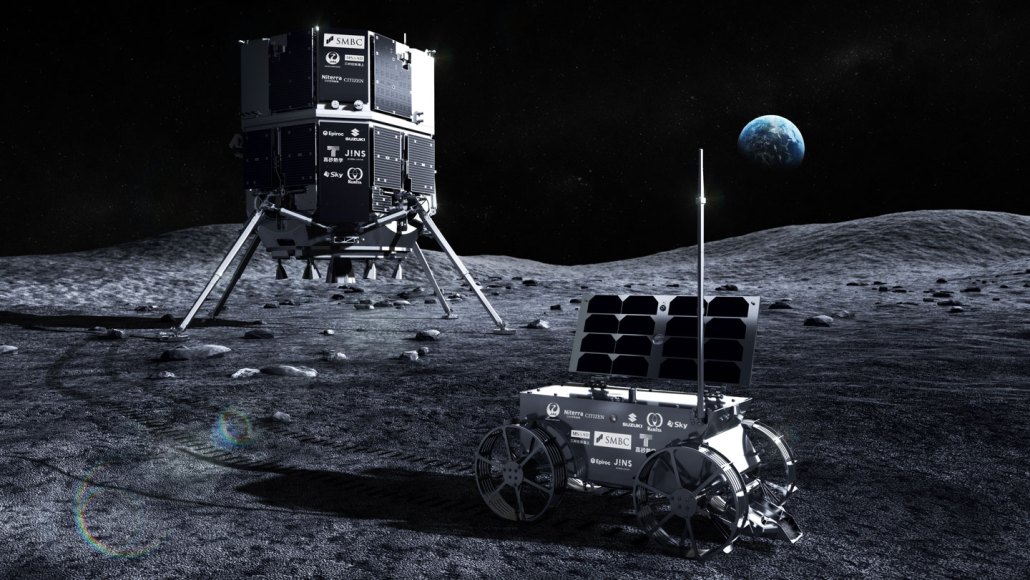A private Japanese spacecraft failed on its way to the moon’s surface
A lost signal marks the second imperfect attempt at a lunar landing for Tokyo-based company ispace

The Resilience lunar lander (illustrated, left), owned by Tokyo-based company ispace, attempted to touch down on the moon’s surface on June 5. The spacecraft contains several payloads, including a micro rover called Tenacious (right).
ispace